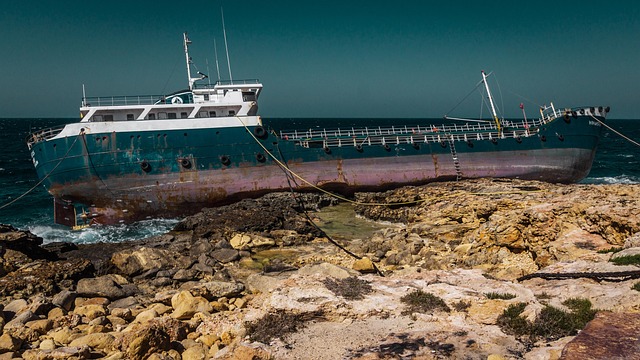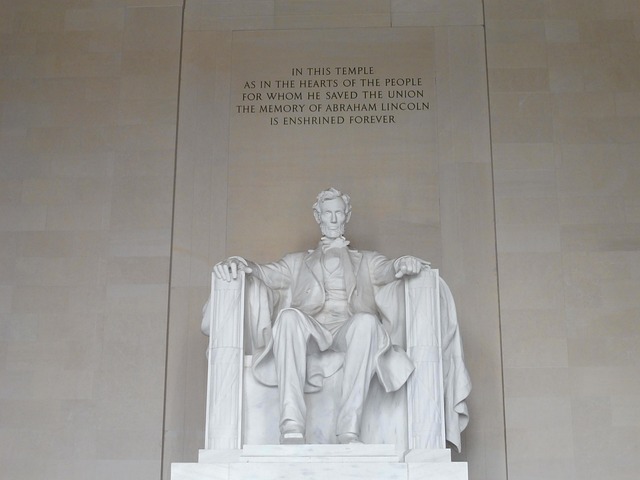The Mystical Origins of Dagon: Exploring the Deity in Ancient Religion
The ancient world is replete with gods that embody the power and mysteries of nature. Among them, Dagon stands out as a significant and fascinating figure, revered primarily in the cultures of the Mesopotamia and the Philistines. Known as the god of grain and fertility, Dagon symbolizes not just sustenance but also the unpredictable forces of nature that govern agricultural abundance. The duality of his nature captivates those who study ancient religions, blending fear with reverence.
In ancient texts, Dagon is depicted as a half-man, half-fish entity, reflecting the intricate relationship between humans and their environment. This image may have originated from the coastal communities that relied heavily on both agriculture and fishing. Indeed, Dagon’s connection to water as a source of life reminds us of our own dependence on the earth’s resources. He represents a bridge between the sea and the land, embodying the cyclical patterns of existence that dictate the rhythms of life.
The worship of Dagon can be traced back to the Sumerians, who considered him a high deity, and later adopted into the Canaanite and Philistine pantheons. Temples dedicated to Dagon reveal much about how ancient civilizations sought to appease this deity. Sacrifices, rituals, and festivals surrounding his worship reflect human attempts to navigate the uncertainties of agriculture, harvest seasons, and fishing expeditions. These communal activities not only strengthened social bonds but also fostered a shared understanding of the divine forces at play in their lives.
The significance of Dagon extends beyond mere sustenance; he is also intricately linked to culture and identity. For the Philistines, Dagon was a symbol of their resistance against external pressures, a representation of national pride that could unify a people. In times of failure or hardship, the question of divine favor became paramount, and Dagon was often blamed for any deficiencies in harvest or defeat in battle. This complex relationship with the divine captures the essence of humanity’s struggle with fate and fortune.
While Dagon is not as widely recognized today as other ancient deities, his legacy persists in contemporary discussions around agricultural practices, ecological sustainability, and reverence for nature. The duality of existence, the dependence on the land, and the eternal quest for guidance from higher powers remain relevant themes. Modern readers can find resonance in Dagon’s story, as individuals navigate their own relationships with nature, abundance, and divinity.
As we reflect on Dagon and the ancient religions that worshipped him, we uncover a profound truth: the essence of these deities continues to shape our understanding of life, survival, and the world around us. Dagon, with his mystical origins and complex nature, remains a testament to the intertwining of humanity and the divine, urging us to acknowledge and honor the forces that sustain us.



